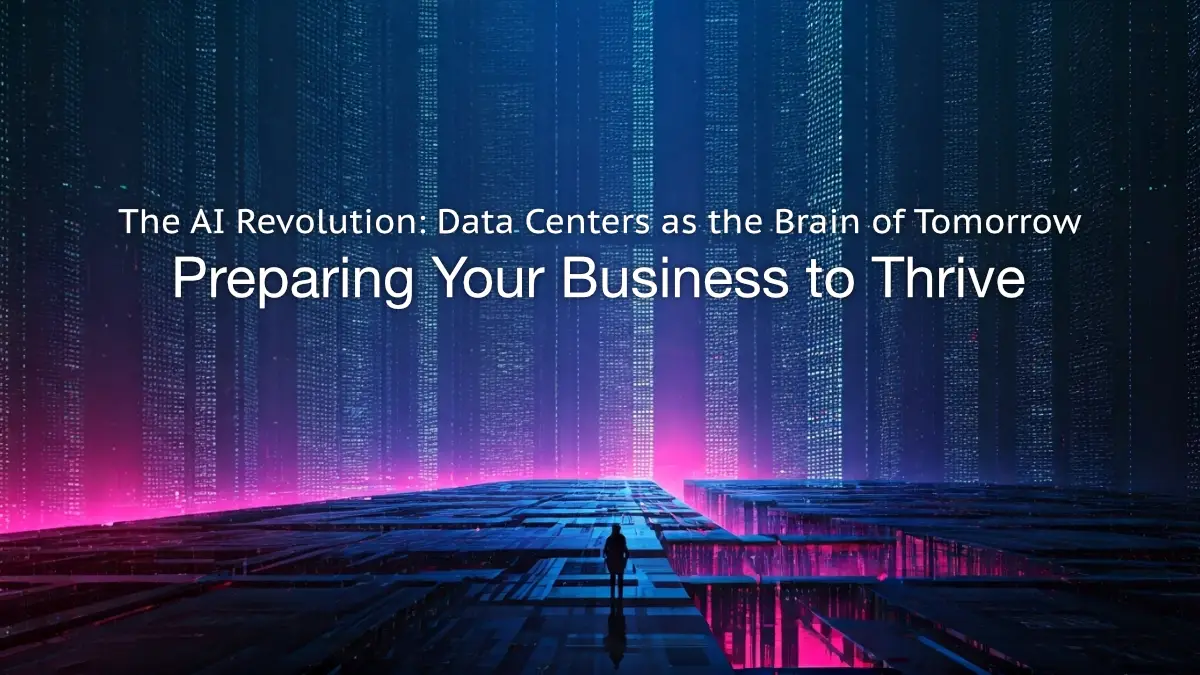Prefer to Listen? Enjoy the Audio Version of This Article.
Integrating AI into Your Business Workflow
A 2025 survey by Exploding Topics found that 83% of companies worldwide prioritize artificial intelligence (AI) as a top strategic focus, signaling its transformative potential across industries. Yet, many small business owners and managers feel uncertain about adopting AI in their workflows. The good news is that AI for business is now practical and accessible, ready to streamline operations and drive growth. This article provides clear, actionable steps to integrate AI into your business workflow. You’ll learn how to identify AI opportunities, choose the right tools, implement them effectively, and measure their impact. Real-world examples will show how businesses like yours are already succeeding with AI.
Ready to unlock AI’s potential? Let’s begin.
Identifying Areas for AI Integration
Start by reviewing your workflows to find repetitive or time-consuming tasks. Customer service inquiries, data entry, or inventory management are ideal for AI, as it can save time and reduce errors. AI also excels in data analysis, offering insights for decisions like optimizing marketing campaigns or predicting equipment maintenance needs.
To find the best opportunities, ask:
- Does this task involve large datasets that AI could process quickly?
- Is it complex enough to benefit from AI’s capabilities?
- Would AI improve efficiency or customer experience?
Consider this: A small retailer struggled with weekly inventory management. By adopting AI-powered forecasting tools, they predicted demand accurately, reduced overstock and stockouts, and boosted customer satisfaction.
Choosing the Right AI Tools
With countless AI tools available, selecting the right one can feel overwhelming. First, define your goal: Are you automating customer support with chatbots or enhancing analytics for better decisions? Then, research tools that match your needs.
Consider these factors:
- Ease of use: Will your team adopt it quickly?
- Integration: Does it sync with existing systems?
- Cost: Does it fit your budget with clear ROI?
- Scalability: Can it grow with your business?
Test free versions or trials to ensure a good fit before committing.
Consider this: A marketing agency wanted sharper campaign insights. They chose an AI analytics platform that integrated with their CRM, providing real-time customer behavior data through an intuitive dashboard, which they tested before fully adopting.
Implementing AI Workflows
Choosing a tool is just the start. Successful integration means embedding AI into your processes. Map your workflow to determine where AI fits, then create a plan that includes:
- Training: Educate your team on the tool’s benefits and use.
- Data Preparation: Ensure data is clean and ready for AI.
- Pilot Testing: Start small to troubleshoot issues.
Involve your team early to ease concerns, showing that AI supports their work, not replaces it. Launch a pilot, monitor results, and refine before scaling up.
Consider this: A manufacturing firm introduced an AI predictive maintenance tool. They trained staff, tested it on one production line, and adjusted based on feedback before rolling it out factory-wide, cutting downtime.
Measuring Success
To confirm AI’s impact, track metrics tied to your goals. For customer service AI, measure response times or satisfaction scores. For marketing AI, look at conversion rates or ROI. Compare these to pre-AI benchmarks and gather feedback from staff and customers to identify areas for improvement. Regularly review and adjust AI applications to maximize value.
Consider this: An e-commerce store added an AI recommendation engine. Within three months, sales increased 20%, with higher average order values and positive customer feedback on personalized suggestions.
Overcoming Common Challenges
AI integration has challenges. Poor data quality can skew results, so clean data first. Staff may worry about job security; demonstrate how AI enhances their roles. If budgets are limited, start with free tools. For those lacking tech expertise, use vendor support or consultants. Addressing these proactively ensures smoother adoption.
Conclusion
Integrating AI into your business workflow is achievable with a simple approach. Identify high-affected areas, select smart tools, implement thoughtfully, measure outcomes, and tackle challenges head-on. The examples shared, a retailer optimizing inventory and an agency refining campaigns, prove AI’s real-world value for businesses. Start small by testing AI in one process and build from there. Companies embracing AI today will lead tomorrow’s markets. Take action now: experiment with a tool, learn from the process, and drive your business forward. Share this article with colleagues or subscribe to our newsletter for more strategies to fuel success.
AI Integration Checklist
- Review workflows for AI opportunities.
- Define clear AI objectives.
- Research and test AI tools.
- Plan implementation, including training and pilots.
- Monitor success with relevant metrics.
- Continuously refine your approach.






